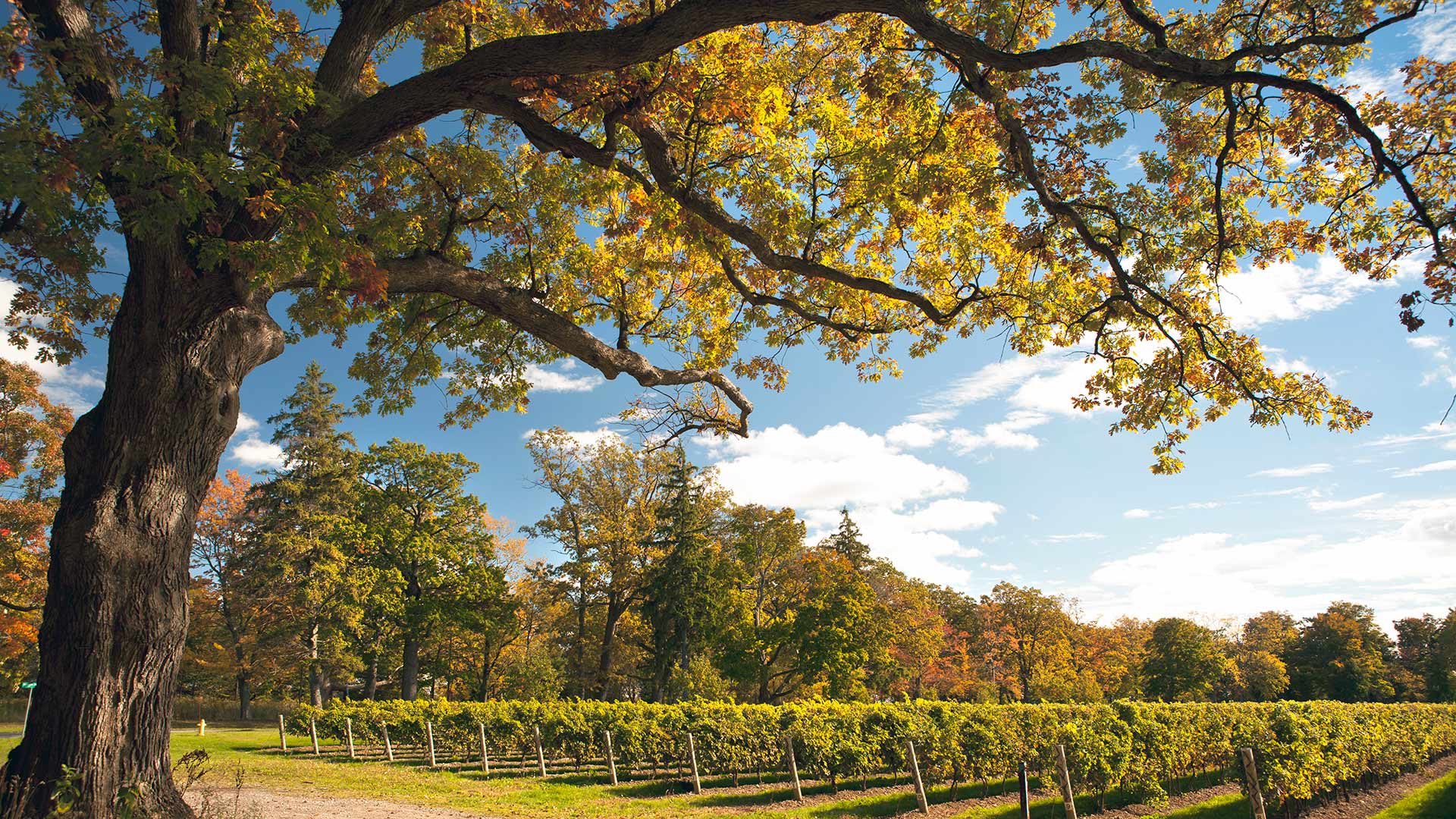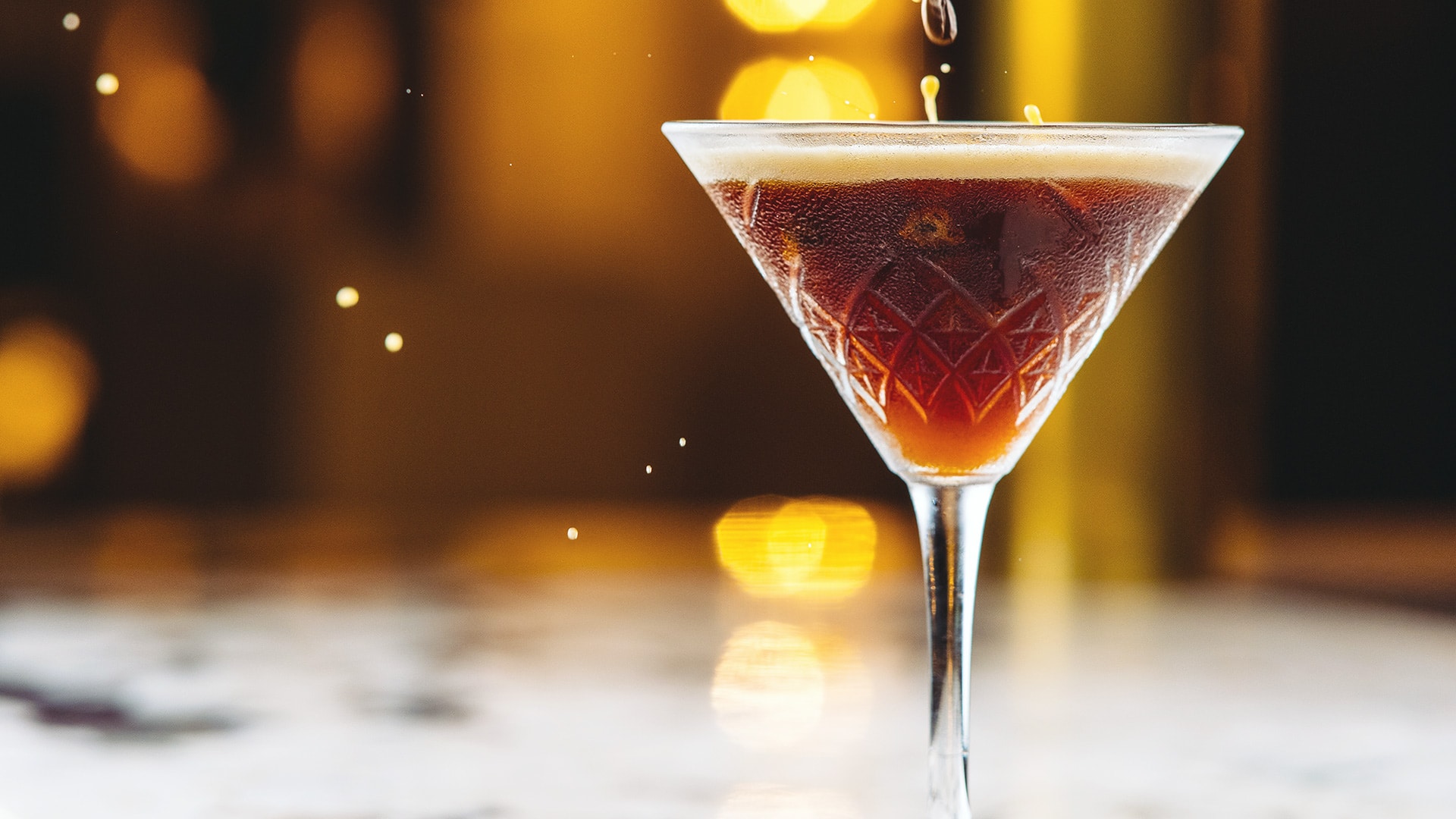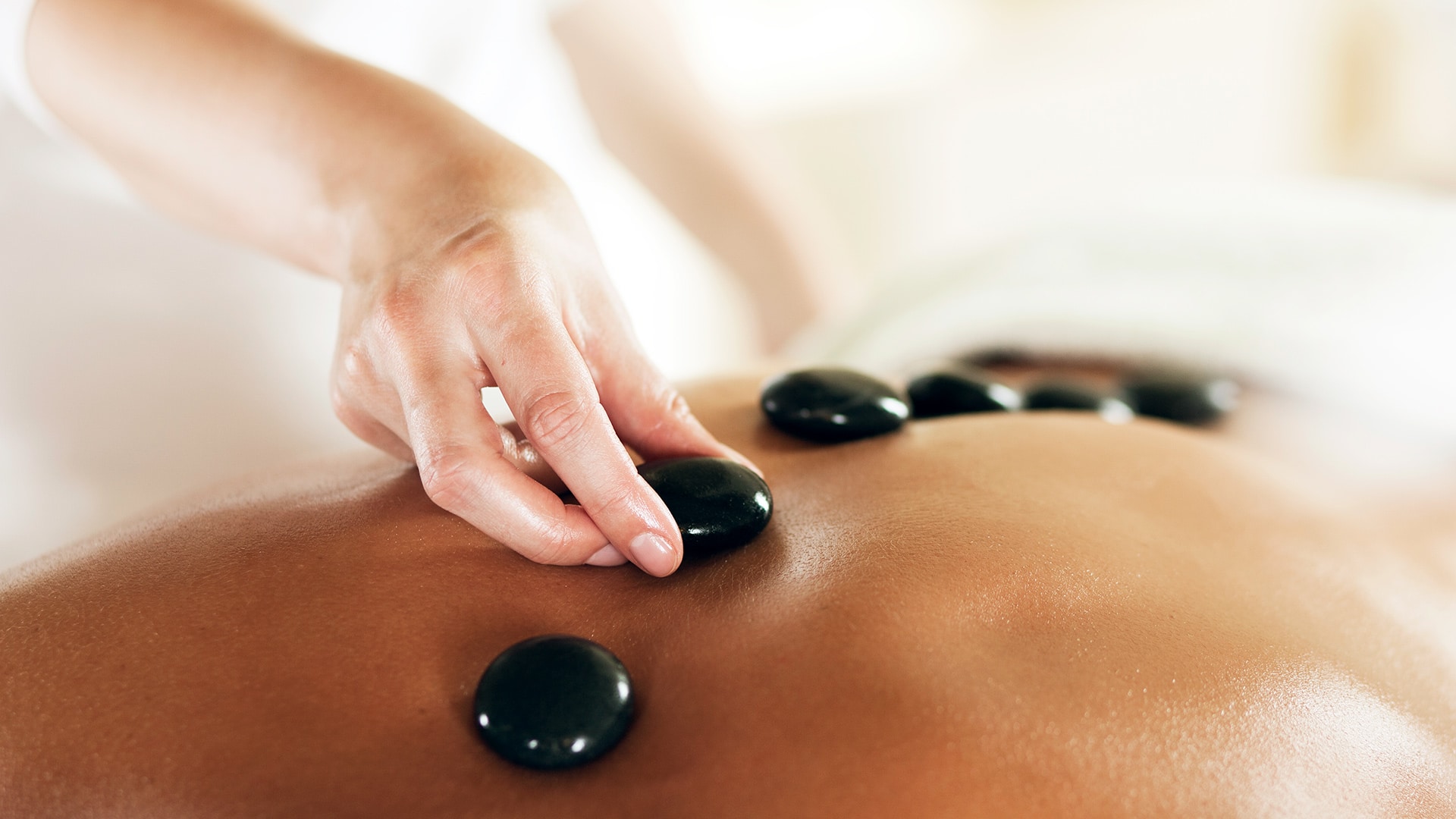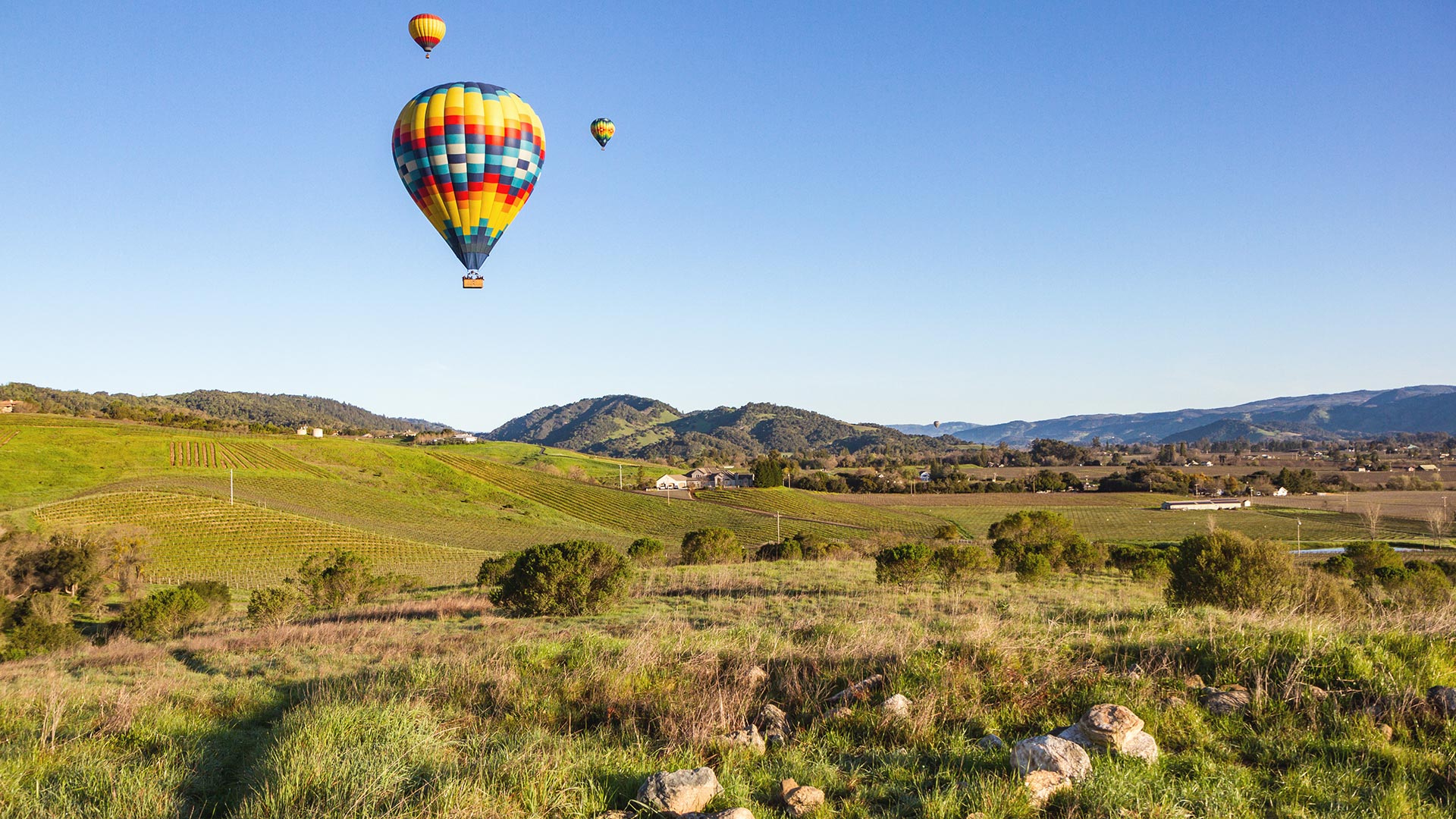Napa Valley is a Northern California haven of vineyards, well-appointed tasting rooms, and MICHELIN-Starred meals. From the array of luxe hotels that put you in the heart of downtown Napa to spas that specialize in mud treatments and galleries selling art and antiques, there is something for every travel palette in Napa — even for those who aren’t exactly oenophiles.
Here, we’ve curated three memorable days in Napa Valley, beginning in Calistoga, moving down to St. Helena, and finally winding up in downtown Napa.
As always, check for travel guidelines and closures before planning your trip.
Friday: Go Winery Hopping in Calistoga

Start your Napa Valley trip with a day in Calistoga — you’ll be equal parts enchanted by the European-style wineries and intrigued by the eclecticism of this once hippie-favored area.
For breakfast, grab classic diner food at Café Sarafornia. Take a walk around the town, popping into shops like Mad Mod Shop (for clothing). One of the most essential wineries in Calistoga is within walking distance from town: Tank Garage Winery.
Going against the grain of the lavish tasting rooms oenophiles have come to expect in Napa Valley, Tank Garage is a rock-and-roll, ’80s-inspired winery housed in a 1930s-era gas station, beloved for its cheeky branding and delicious red blends enjoyed in a Prohibition-style back room.
The next winery — and another absolute must — is Castello di Amorosa. An actual castle, it was taken down stone by stone in Italy and reassembled in Northern California. The castle is flanked by towering redwoods and the maze-like inside is well worth exploring — after you’ve sampled some wine, of course.
Finish your day with the treatment that Calistoga is known for: a mud bath, meant to soothe the skin and bring participants to downright impressive relaxation levels. The spa at Dr. Wilkinson’s Backyard Resort and Mineral Springs, a Member of Design Hotels is the place to go for mud baths, mineral baths, and aromatherapy treatments, as well as its indoor pool filled with local mineral water.
Finally, for dinner, you could go all out at The French Laundry, if you snagged a reservation months in advance. Led by chef Thomas Keller, this is one of the most famous restaurants in America — awarded three MICHELIN Stars and definitely requiring reservations far in advance. If you didn’t plan that far ahead, try claiming a table at one of its sister restaurants, Bouchon or Ad Hoc.
Saturday: Sip the Wines of St. Helena
If you think we’re done wine tasting, think again. But first, it’s time to get some air. Grab breakfast at the hotel after a pre-dawn alarm. A hot air balloon ride is at the top of your to-do list, so get yourself to Yountville for a ride with Napa Valley Aloft Hot Air Balloon Rides.
Soar 3,000 feet above the ground, where the views go on for miles, for an unforgettable sunrise. You can also book a post-flight Champagne breakfast, if your early morning snack didn’t cut it.
From here, drive 15 minutes to the famed St. Helena region — where the name of the game is booking tastings in advance and then following a schedule, strategically hitting wineries that specialize in your favorite varietals.
If you’re keen on delving into the heart of the valley, head to Mayacamas Vineyards. It’s a hike to get to, but the views and property that greet you — not to mention the award-winning wine — make the journey worth it. If you’d prefer to avoid a long, windy trek, visit wineries on impressive estates near the town of St. Helena, including Hall Wines, Faust Wines, and Alpha Omega Winery.
Break up the wine tastings with a crucial Napa pit stop at Gott’s Roadside for burgers, fries, and a shake, resembling all-American, fast-food dishes but so very different — all the ingredients are fresh, locally sourced and mostly organic.
Walk off some of your wine with an afternoon hike on one of the area’s many trails. Head to Lake Hennessey, Napa’s largest reservoir. While you can’t swim in the water, you can bike and hike the surrounding trails with views of the nearby Sage Creek.
If you’re in the mood for some history, head to Bale Grist Mill State Historic Park, where you can take a peek into rural California life. The highlight of the park is a restored water-powered grist mill built in 1846.

Saturday night is all about St. Helena flavor, starting with dinner at Farmstead at Long Meadow Ranch. You’ll find a winery and store on this ranch as well, but the restaurant is why you’ve come — with fire pits outside and a menu rooted in seasonal produce that’s tied to an (unsurprisingly) impressive wine list.
Take a break from vino and follow up dinner with cocktails. Goose & Gander is arguably the best cocktail bar in St. Helena. With plush, welcoming interiors and a cocktail menu that packs a punch, a night here will remind you that Napa’s got game in the spirits realm as much as it does in the wine world.
Sunday: Stroll Downtown Napa’s Oxbow Public Market
Conclude your three days of “Sideways”-inspired adventure with a stint in downtown Napa. Some visitors bypass the actual town of Napa in favor of exploring the vineyard-dotted countryside. And while this is a worthwhile approach, it leaves a number of locals-only pockets of downtown Napa that are definitely worth a visit.
Start your day downtown in Oxbow Public Market. Pick up coffee at Ritual Coffee Roasters before browsing the 40,000 square feet of vendors’ wares, including Anette’s Chocolates (for artisan-made brittles, sauces, and other treats), the Olive Press (for bottles of olive oil) and Napa Bookmine (for travel guides, fiction, children’s books, and more).

As the afternoon approaches, make your way to McKinstry Street Station, where you’re going to hop aboard the Napa Valley Wine Train and explore the restored early-20th-century Pullman cars before departure.
On your 36-mile trip from Downtown Napa to St. Helena and back, you will pass through the bucolic rolling hills of Napa Valley’s wine-growing regions and a handful of quaint towns (Oak Knoll, Yountville, and Rutherford, to name a few).
While you take in the views, enjoy the train’s scratch-made California cuisine, from a multicourse gourmet meal to a lighter afternoon tea. And once you’re back downtown, the relaxing vibes continue with a spa treatment at Napa Valley Marriott Hotel & Spa, where there’s a menu of massages and other treatments, as well as hot tubs and outdoor pools.
Conclude your Napa Valley stint at Compline, a favorite place to eat among locals, with a go-to wine bar for those who frequent the area. The kitchen puts local ingredients to use in inventive ways for a smallish menu that changes frequently, but it’s all good, fresh and delicious.
Oh, and the bottle shop’s wine selection impresses, too — you’ll wind up leaving Compline with a few bottles to take home, the ultimate Napa Valley souvenir.




